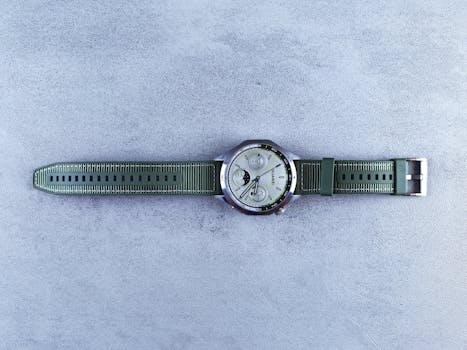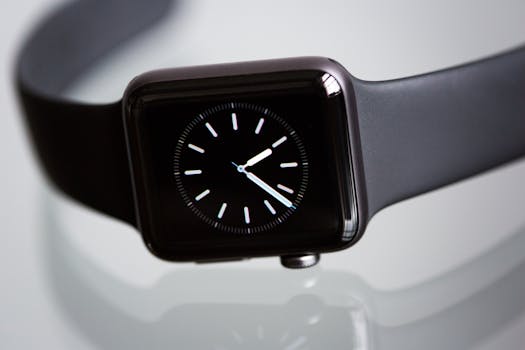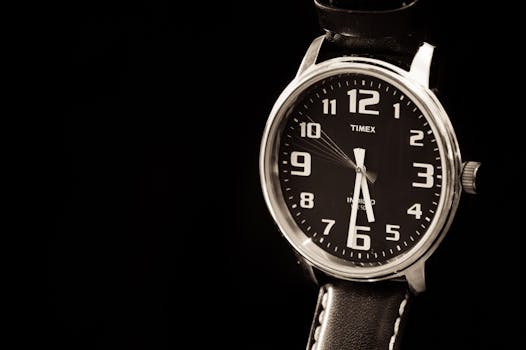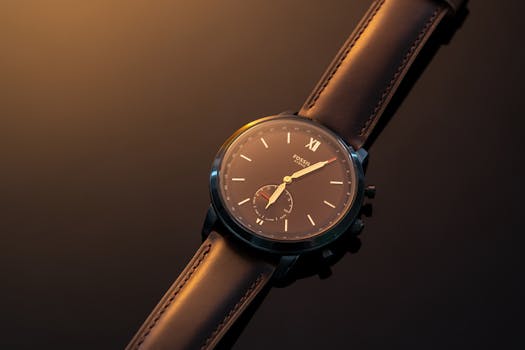
The Timeless Journey: The Evolution of Wristwatches Through the Decades
Takeaways: The evolution of wristwatches reflects not just advancements in technology but also shifts in fashion and lifestyle. From pocket watches to smartwatches, each decade has brought about significant changes, making wristwatches not only functional timekeeping devices but also essential fashion accessories.
Wristwatches have come a long way since their inception. Initially, they were considered women’s jewelry, with men preferring pocket watches. However, over the years, wristwatches have evolved into a staple accessory for both genders, reflecting personal style, technological advancements, and even cultural shifts. In this article, we will explore the evolution of wristwatches through the decades, highlighting key developments and trends that have shaped their journey.
The 1920s: The Birth of the Modern Wristwatch

During this decade, the introduction of the automatic movement revolutionized the watch industry. This innovation allowed watches to wind themselves through the natural motion of the wearer’s wrist, eliminating the need for manual winding. The 1920s set the stage for wristwatches to become a dominant force in the world of horology.
The 1930s and 1940s: The Rise of the Sports Watch

During World War II, wristwatches became essential for military personnel. The need for reliable timekeeping in combat situations led to the development of rugged designs and improved accuracy. The military’s influence helped solidify wristwatches as practical tools, not just fashion statements.
The 1950s and 1960s: The Golden Age of Luxury Watches

Additionally, the introduction of the quartz movement in the late 1960s marked a turning point in watch technology. Quartz watches offered greater accuracy and required less maintenance than their mechanical counterparts, leading to a revolution in the watch industry. This era also saw the rise of colorful and avant-garde designs, appealing to a younger audience seeking individuality in their timepieces.
The 1970s and 1980s: The Quartz Crisis

In response, Swiss companies began to innovate, focusing on craftsmanship and luxury. The introduction of the luxury quartz watch, such as the Audemars Piguet Royal Oak, helped to redefine the market. The 1980s saw a resurgence of mechanical watches, with brands emphasizing their heritage and artisanal techniques, appealing to collectors and enthusiasts.
The 1990s to 2000s: The Digital Age

However, traditional watchmakers sought to maintain their relevance by incorporating new technologies into their designs. The introduction of hybrid watches, which combined analog and digital features, catered to consumers seeking versatility and functionality.
2010s to Present: The Smartwatch Revolution

Smartwatches have changed the way we perceive wristwatches, merging technology with fashion. Despite the rise of smart wearables, traditional watchmakers have responded by creating their own smart models, blending luxury with modern features. This fusion of technology and timeless design ensures that wristwatches remain a vital part of our lives.
Conclusion








